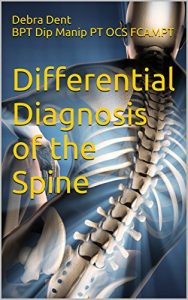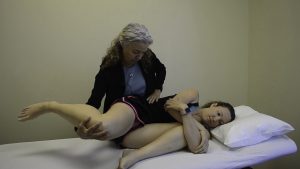Test your knowledge on two neurological screening tests
FEMORAL SLUMP TEST
The femoral slump test is used to test the upper and mid lumbar nerve roots for compression. It can be used as well as a prone femoral knee bend test and is thought to be superior to the prone test by differentiating between neural and non-neural structures. The patient is side lie with the cervical and thoracic spines flexed. The underside hip and knee are flexed. The upper knee is flexed and the hip is extended to the point of symptoms. If no symptoms are reproduced, the hip extension and knee flexion should stop once firm tension is noted. If symptoms are reproduced the patient is asked to extend their cervical spine while the tension is monitored in the uppermost leg.
The test has a high inter-therapist reliability for testing and for differential diagnosis of mid to upper lumbar root compression were a sensitivity of 100%, specificity of 83%, a positive predictive value of 67%, Negative predictive value of 100%, positive likelihood ratio of 6.0 and negative likelihood ratio of 0. This reliability of this test was studied over more than one day and was found to be reliable across days.
Trainor, K and Pinnington, MA. Reliability and diagnostic validity of the slump knee bend neurodynamic test for upper/mid lumbar nerve root compression: a pilot study. Physiotherapy. 2011 Mar;97(1):59-64.



